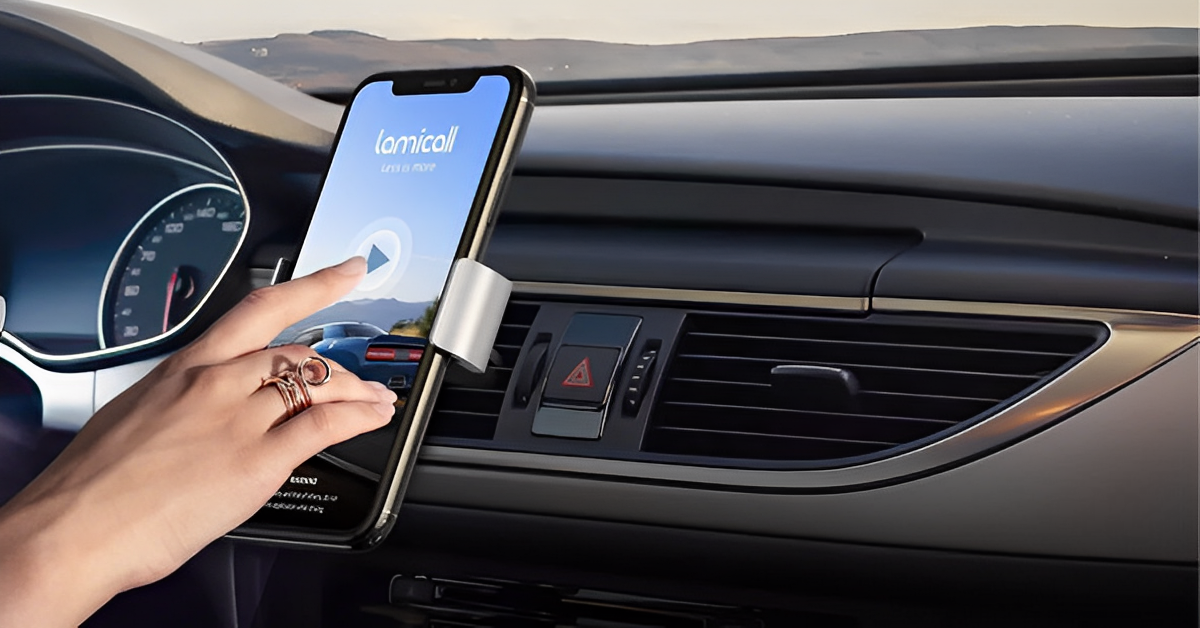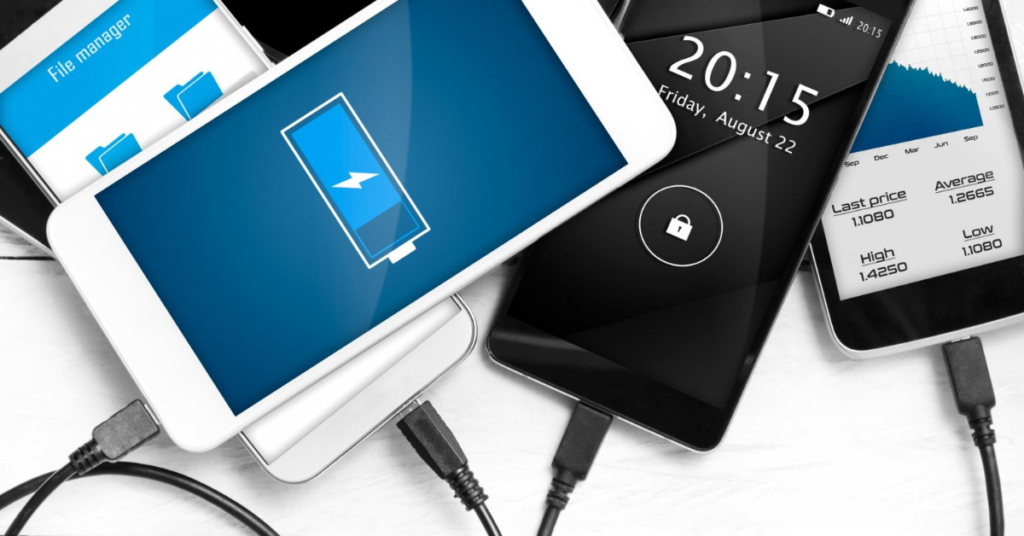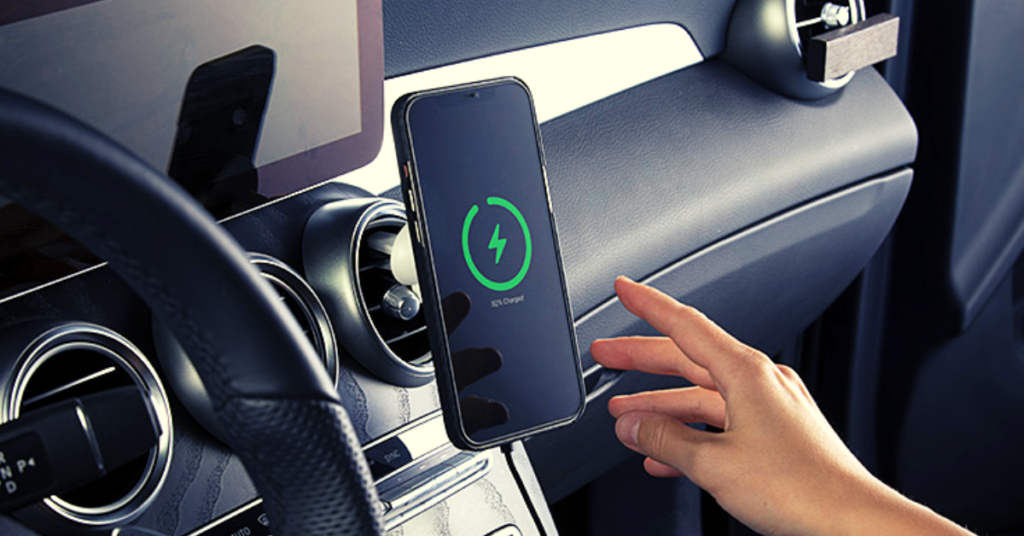Most of the time, waiting for your iPhone to charge completely is annoying. And as smartphones grow in size, power, and battery capacity, the problem is only becoming worse. Attempting fast charging to your iPhone with a 5W charger will make your pain worse and make you have to wait longer, which is, in some ways, even comparable to some mental torment.
For your benefit and to ensure that you keep up with this fast-paced environment, manufacturers are also developing new fast charging technologies.
iPhone fast charging first appeared
Apple used to recommend that iPhone customers charge their devices using a 5V/1A power adapter, but this reduced the maximum output to 5W and lengthened the time it took to recharge the device.
At the 2017 Apple Event, Tim Cook said that the iPhone 8 and subsequent models are now capable of fast charging.
The term “fast charge” reveals the ability to top off your iPhone’s battery very or to deliver power more. The USB Power Delivery fast charging protocol, which permits charging three times faster than the old 5W standard, has adopted by the iPhone in place of the outdated charging standard (5W) and the Apple 2.4A charging protocol (12W).
Apple’s PD and PDO fast charging technologies
The first fast charging standard was Qualcomm Quick Charge, which utilized in Android phones, including the Samsung Galaxy line. Google and Apple have also accepted the USB Power Delivery standard, which is more recent. Apple originally made the iPad and iPhone compatible with the USB Power Delivery fast charging standard in 2015 and 2017.
With a maximum power output of 100 W, the USB Power Delivery standard offers a marginally higher power output. It’s used in tablets and laptops as well, unlike the Qualcomm QC. Therefore, it is anticipated that more devices will embrace the USB Power Delivery fast charging standard in the future.
A USB power delivery charger or power adapter can deliver a variety of voltages, with each voltage designated as PDO1, PDO2, PDO3, and so on, ranging from 5V, 9V, 12V, 15V, and 19V all the way up to 20V. The PDOs vary depending on the charger.
As an example, consider the Apple 29W PD charger. This charger’s PDO1 and PDO2 are 5V and 14.5V, respectively, as it can only give those two voltages. They negotiate and determine the voltage that both devices can support before the charger supplies power to the device.
Normally, PDO1 and PDO2 from the power adapter are used for iPhone PD rapid charging. PDO2 utilized at first to offer an initial burst of power for a brief amount of time because it has a greater voltage than PDO1. The charger changes to PDO1 and slows down the charging rate when the battery reaches a particular point. Once the iPhone’s battery is at about 80%, trickle charging will begin to take place automatically.
Fast charging iPhone accessories that are currently available
The iPhone 8, iPhone 8 plus, iPhone X, iPhone XR, iPhone XS, iPhone XS Max, iPhone 11 series, iPhone 12 series, iPhone 13 series and the most recent iPhone 14 series are the iPhones that now offer USB power delivery rapid charging. You require a USB Power Delivery quick charger to benefit from a quicker and more convenient method of charging.
Apple currently offers USB-C power adapters with outputs of 18W, 20W, 29W, 30W, 61W, 87W, or 96W. You should choose the Apple power adapter with a 10 to 20 W output, as that is the most power an iPhone can handle. The iPad or MacBook requires higher-power adapters.
A USB-C to Lightning cable also required. The newest generation of USB cables, Type-C (or USB-C), features new chip technology that allows for higher current transmission.
How to know if your iPhone is fast charging?
The term “fast charging” won’t appear on the iPhone’s screen as it does on some Android devices.
To begin with, check that “fast cable charging” turned on under App Menu > Settings > Battery.
You might experience a double vibration or hear a double “ding” when your iPhone plugged into a fast charger. If not, see if the device can be charged 50% or more in that time. When we talk about quick charging, we mean quick charging during the initial phase before it slows to trickle charging.
You can use a USB power meter to read charging watts at any moment to check the charging progress.
Does the iPhone battery get harmed by fast charging?
It is true that fast charging for an iPhone produces more heat than standard charging; however, this does not necessarily mean that the battery will be harmed.
In fact, the iPhone’s temperature monitoring module will regulate the input power based on the battery’s current temperature. When the temperature rises beyond 50 degrees Celsius, the iPhone will reduce the power delivery rate to keep the ideal temperature. In order to prolong the battery’s life, the iPhone will also gradually limit input power when the battery hits 50%. Charger speed dramatically slows down when it reaches about 80%.
Is it acceptable to use a third-party power adapter?
The answer is yes. Even though their iPhones could handle greater power, Apple has long offered the 5W charger and, as of the iPhone 12 series, no longer includes power adapters in every box. Users of iPhones must turn to alternate techniques, which is not unusual. They either buy a fast charger for the original iPhone or use third-party chargers.
Make sure any third-party iPhone fast charger you buy supports USB Power Delivery and has a high wattage before making a purchase. Alternatively, think about the QROV fast wireless charger.
Conclusion
You will need an iPhone that supports fast charging, an Apple-certified USB-C to Lightning cable, and an iPhone fast charger in order to use iPhone fast charging. Both the cable and the charger are pricey. However, purchasing additional cables or chargers results in unneeded clutter and costs more money. So, if it’s possible, choose fast wireless charges. There are quick wireless chargers for one or more devices, including the QROV Max.



